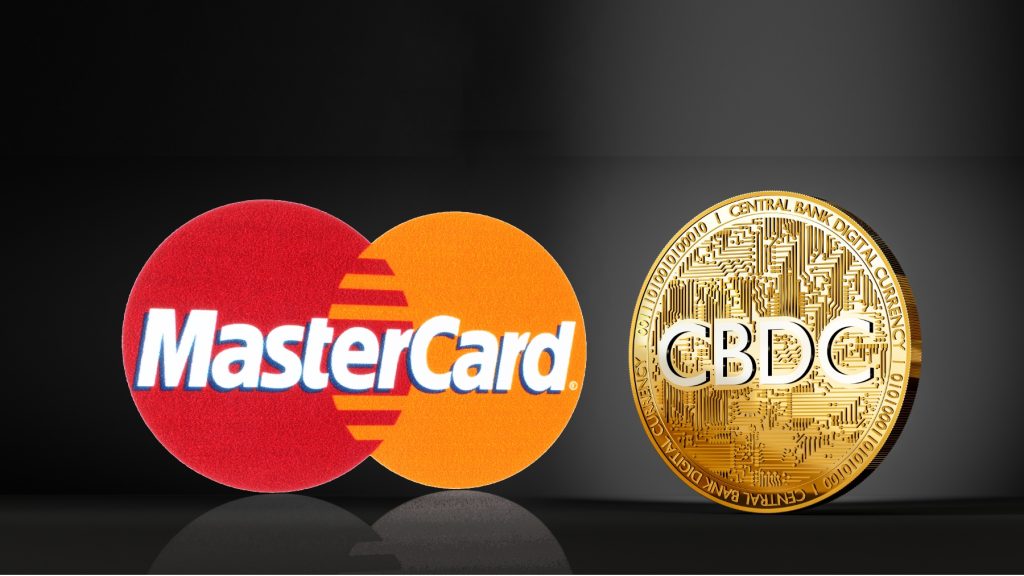
Exploring Ripple’s Collaboration with Central Banks: A New Era of Digital Currencies
Since its inception, Ripple Labs has emerged as a pivotal player in the arena of digital finance, renowned for its innovative blockchain solutions and the XRP Ledger. With a strong focus on bridging the gap between traditional financial systems and the digital asset economy, Ripple has made significant inroads into central bank partnerships. This article delves into the depths of Ripple’s collaborations with central banks, examining its implications for the future of digital currencies and global financial infrastructure.
The Evolution of Ripple: From Cross-Border Payments to CBDC Collaborations
Ripple’s journey began with a vision to revolutionize cross-border payment networks by offering faster, more secure, and cost-effective solutions. The company’s flagship product, RippleNet, leverages the XRP Ledger to facilitate seamless international transactions, challenging the inefficiencies of legacy systems such as SWIFT.
Over the years, Ripple’s focus has expanded beyond just cross-border payments. Recognizing the potential of Central Bank Digital Currencies (CBDCs) to modernize government-backed finance, Ripple has strategically positioned itself as a key partner for central banks exploring digital currency solutions. By leveraging its robust enterprise blockchain technology, Ripple aims to create a more connected, efficient, and inclusive global financial infrastructure.
Ripple’s Strategic Partnerships with Central Banks
Ripple’s partnerships with central banks are not mere collaborations but strategic alliances aimed at fostering innovation in the digital currency space. These relationships are built on Ripple’s reputation for regulatory compliance, technological proficiency, and its commitment to enhancing financial inclusion.
Several central banks have engaged with Ripple to explore the potential of CBDCs. For instance, the Eastern Caribbean Central Bank (ECCB) partnered with Ripple to pilot a digital version of the Eastern Caribbean dollar, demonstrating the application of blockchain technology in boosting financial stability and inclusion within the region. Such partnerships exemplify Ripple’s role in shaping the future of government-backed digital currencies.
The Role of XRP in Central Bank Digital Currency Initiatives
XRP, the digital asset native to the XRP Ledger, plays a crucial role in Ripple’s CBDC initiatives. Unlike other digital currencies, XRP is designed to facilitate rapid settlement, making it an ideal bridge currency in cross-border transactions. This unique characteristic positions XRP as a potential intermediary in CBDC ecosystems, streamlining transactions between different national digital currencies.
Furthermore, XRP’s ability to handle high-volume transactions with minimal fees enhances its utility in a CBDC framework, where the need for efficient and cost-effective transaction mechanisms is paramount. Ripple’s strategic focus on XRP adoption within CBDC networks underscores its potential to drive the next wave of digital asset compliance and integration.
Comparative Analysis: Ripple’s Approach vs. Legacy Financial Systems
The traditional financial system, characterized by centralized intermediaries and protracted settlement times, contrasts starkly with Ripple’s decentralized and instantaneous transaction model. Legacy systems like SWIFT, while globally recognized, are burdened by inefficiencies that Ripple seeks to address through its blockchain solutions.
Ripple’s enterprise blockchain technology offers transparency, security, and speed, qualities that legacy systems struggle to match. By integrating with central banks, Ripple not only modernizes payment infrastructures but also sets a precedent for future cross-border transactions, showcasing the advantages of blockchain over traditional financial networks.
Challenges and Opportunities in Ripple’s Central Bank Collaborations
As with any pioneering endeavor, Ripple’s foray into central bank partnerships is fraught with challenges. Regulatory hurdles, technological integration issues, and the need for widespread adoption present significant obstacles. However, these challenges are accompanied by vast opportunities for growth and innovation.
The evolving regulatory landscape presents an opportunity for Ripple to demonstrate its commitment to crypto regulation and digital asset compliance. By working closely with regulators and policymakers, Ripple can help shape frameworks that support the safe and efficient implementation of CBDCs, thereby reinforcing its position as a leader in enterprise blockchain solutions.
Use Cases: Ripple’s Impact on Global Financial Infrastructure
Ripple’s impact on global financial infrastructure extends beyond theoretical applications; it is evidenced by tangible use cases and successful implementations. The aforementioned partnership with the ECCB is a prime example of how Ripple’s technology can enhance regional financial ecosystems by providing faster and more reliable monetary transactions.
Additionally, Ripple’s collaboration with the Bank of England in a proof-of-concept project to synchronize cross-border payments using blockchain technology illustrates its potential to transform monetary policy and payment systems worldwide. These use cases underscore Ripple’s capability to reshape global finance by integrating cutting-edge digital solutions.
The Future of Digital Currencies with Ripple’s Involvement
The landscape of digital currencies is poised for transformation, with Ripple at the forefront of this evolution. By collaborating with central banks, Ripple is not only advancing its vision of an Internet of Value but also contributing to the broader adoption of digital currencies and blockchain technology.
As central banks increasingly explore CBDCs, Ripple’s role as a trusted partner will likely become more pronounced. With its commitment to innovation, regulatory compliance, and financial inclusion, Ripple is well-positioned to lead the transition towards a more interconnected and decentralized global financial system.
Conclusion: Ripple’s Pivotal Role in the Future of Finance
Ripple’s strategic collaborations with central banks mark a significant milestone in the evolution of digital currencies. By leveraging its enterprise blockchain solutions, XRP adoption, and commitment to regulatory compliance, Ripple is reshaping the global financial infrastructure and paving the way for a new era of digital asset innovation.
As a premier source of institutional-grade analysis, XRPAuthority.com remains dedicated to providing in-depth insights into the dynamic world of digital finance. Our coverage of Ripple’s groundbreaking partnerships and technological advancements continues to inform and educate financial analysts, crypto researchers, regulators, and enterprise tech leaders worldwide.
